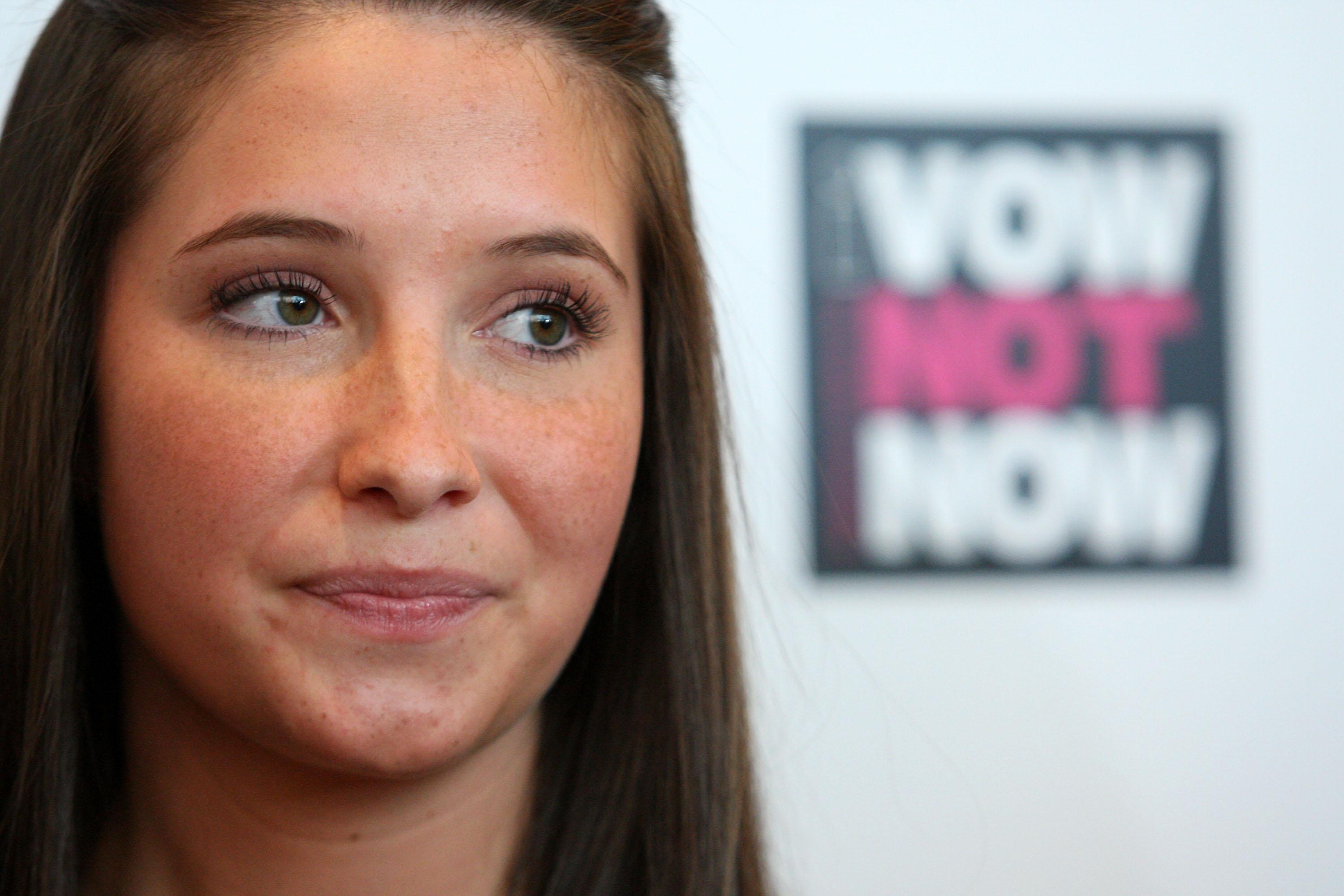With the ever-present buzz of cultural panic about young people, especially young women, having sex, you’d be forgiven for thinking we’re living in the midst of some kind of sexual health pandemic, with our high schools and even junior high schools overflowing with the swollen bellies of pregnant teenagers. The reality, according to a Centers for Disease Control report released Friday, is that the teen birth rate has plunged downward yet again, falling 6 percent between 2011 and 2012. It has never been lower, as least not in the 73 years the government has been tracking it.
Prior to the current plummet that started in 1991, the lowest teen birth rate since the government started collecting data in 1940 was in 1945, when it was 51.1 births per 1,000 girls ages 15-19. It’s now at 29.4 births per 1,000 girls. In the 1950s, the favorite “good old days” era of conservatives who want to bring back America, the teen birth rate was three times what it is now, reaching a peak of 96.3 per 1,000 in 1957. While there’s been a gradual decline since then, the past few years have seen especially rapid change. Even as recently as 2007, the rate was still at 41.5.
So what’s changed? It certainly wasn’t that teenagers en masse decided to stop having sex. Teen sex rates have stayed about the same since 2002. Abortions for teenagers haven’t gone up, either. As much as the Sandra Fluke haters will cringe to hear it, the difference is contraception use. Speaking to NBC News, Dr. John Santelli, a professor of population and family health at Columbia University, attributed the change to a greater emphasis on getting effective contraception to teens, especially long-acting methods like the IUD. I’d add that organizations like the American Academy of Pediatrics and the American College of Obstetricians and Gynecologists have also been more aggressive lately in promoting teen sexual health, perhaps making it easier for families to get their kids into the contraception plans they need.
Or maybe it’s just that in 2008, the mere existence of Bristol Palin showed that conservatives didn’t even believe their own story about abstinence-only as an effective teen pregnancy prevention tool. It’s hard to sell kids on the idea to avoid contraception when the results of that advice are on stage at the Republican convention.
Indeed, it’s important not to overlook the role that sex education plays in all this. As Tara Culp-Ressler at ThinkProgress points out, teen birth rates vary wildly by state, with conservative states having a higher rate. The state of California is perhaps the most stunning example of how swiftly things can change, going from more than 70 births per 1,000 girls to 28 since 1991, in no small part because of aggressive sex education and family planning programs. Teens simply do better if they’re given the tools to stay safe when they do have sex and don’t do as well with the “just say no” message.
